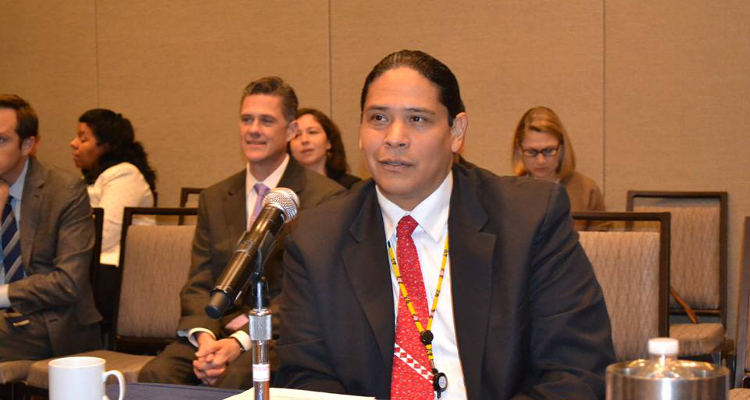Last year saw the 238 tribes running gaming operations in the United States report an almost 5% increase year-on-year in gross gaming revenues to $29.9 billion with a majority of these at 57% generating less than $25 million.
According to research from the National Indian Gaming Commission independent federal regulatory agency released on Tuesday, the annual rise in gross gaming revenues from tribal gaming was the largest in a decade following six years of “modest but stable growth” and was 20% higher than the $24.9 billion reported for 2006.
“The strong regulation that tribes as well as federal regulators and other stakeholders provide has played a key role in the stability and growth of the Indian gaming industry by providing consistency and predictability,” read a statement from Jonodev Osceola Chaudhuri, Chairman for the National Indian Gaming Commission.
Established in 1988 following the passage of the Indian Gaming Regulatory Act, the National Indian Gaming Commission stated that only 6.5% of the 474 tribal gaming operations in the United States generated gross gaming revenues for 2015 in excess of $250 million while 20% produced less than $3 million.
The National Indian Gaming Commission research showed that the 71 Indian gaming operations in California and northern Nevada led the way by collecting $7.9 billion in gross gaming revenues for 2015 followed by the 31 venues in the eastern states of North Carolina, New York, Connecticut, Louisiana, Mississippi, Alabama and Florida with $7 billion. Next up were the 134 operations located in South Dakota, Wyoming, Michigan, Wisconsin, Iowa, Minnesota, North Dakota, Nebraska and Montana, which racked up $4.8 billion in gross gaming revenues for the year, while the 52 properties in Washington, Idaho and Oregon reported $3 billion.
The report revealed that the 53 Indian gaming outlets located in the states of Colorado, Arizona, New Mexico and southern Nevada recorded $2.8 billion in gross gaming revenues for 2015 followed by the 68 in Kansas and eastern Oklahoma with $2.2 billion while the 65 in Texas and western Oklahoma saw $2.1 billion.
The National Indian Gaming Commission released its findings at a special event held within the homelands of the federally-recognized Cabazon Band Of Mission Indians in Riverside County, California, with Chaudhuri highlighting the tribe’s position as a trailblazer for the industry.
“The Indian gaming industry can look back on tremendous growth and advancement,” read the statement from Chaudhuri. “In the 30 years since the [California v Cabazon Band Of Mission Indians] case was argued before the United States Supreme Court, Indian gaming has grown into a multi-billion dollar industry annually. This is in no doubt due largely to the innovation, leadership and positive reputation that Indian country in conjunction with the regulatory community has cultivated since the advent of Indian gaming.”



